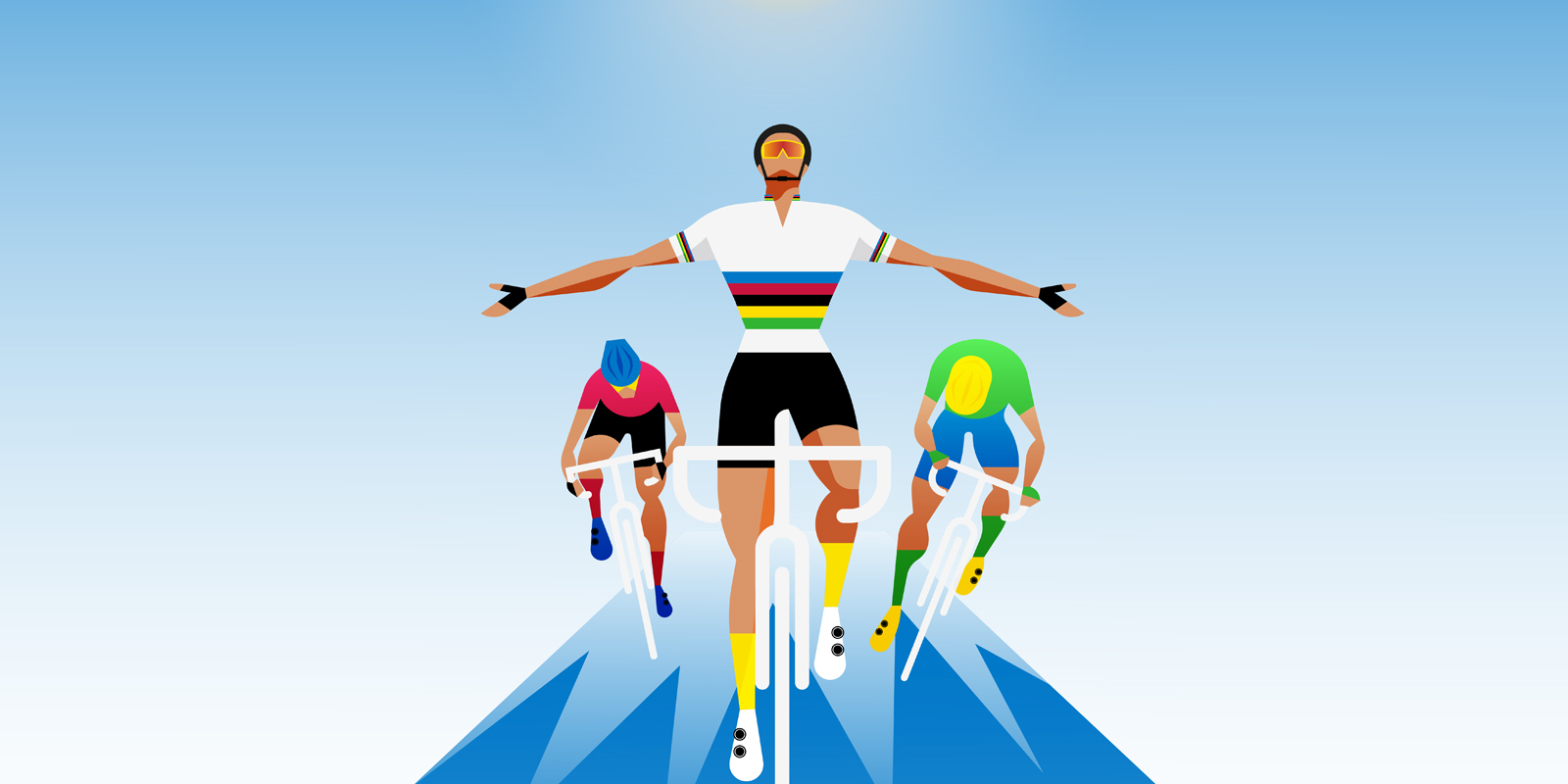Masahiko Mifune × Niseko Classic #2: Training tips towards race!
Now, it is less than 4 months to the race. Are you all preparing for the race? In this winter, many areas of Japan have experienced more snow and lower than usual temperature.
30 years ago in March – it was the time I was about to graduate from a high school. Upon graduation, I was set to move to the Europe to train as a professional rider so I rode 4,500km in 1 month. I think this was the longest distance I have ever trained in my life – riding from the dawn until dusk.
Since it was February through March, it snowed occasionally and at some point, my body had an accumulation of snow and even the gears froze and couldn’t shift it! It was 30 years ago – the clothes was not as high-tech as it is now – come to think about it, I wonder how I survived from those trainings!
Upon graduation, I moved to Netherlands. I was in junior category and yet, the first a few races were rough and tough – but managed to clinch into the 9th position on the third race. This output couldn’t have achieved without the harsh training I went through before the graduation.
The point I wish to make here is that there are many types of training. Interval training and skill-up training are based on heart rate and output, but base up training – the fundamental of training – is very simple and laborious – it is to ride as much as possible. But all the trainings are derived from here.
In the early 90’s, technology behind the training advanced. In Milan-Sanremo, people began to analyze how much and when the training should be conducted to reach at the peak on the competition day. So people – including myself – began to get a feel of what it takes to win the race.
The following is how much the champions of Milan-Sanremo rode priror to the race.
1994 Fondriest 13,000km
1995 Fullrun 14,000km
1996 Jalabert 15,000km
And Erik Zabel rode over 20,000km. That means right after the world championship in October, he immediately began his training and 6 weeks prior to the race season, he was steps ahead of his training.
If you feel that you have not trained enough, the first thing you have to do is to ride, and ride. The longer you ride, the better it is. It builds your body and confidence. At some point on the race day, you may be desperately fatigued – but all the training acts as a catalyst to give a final push.









